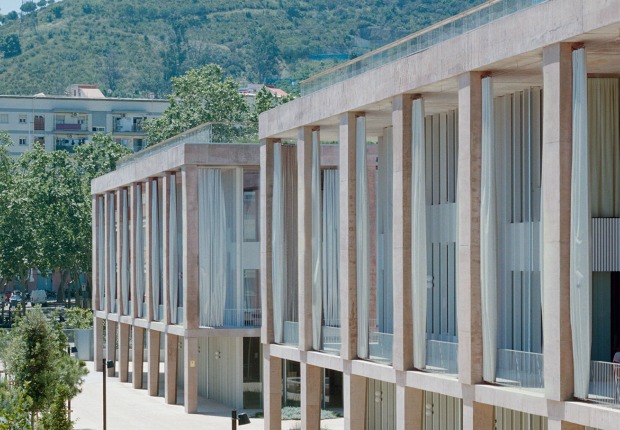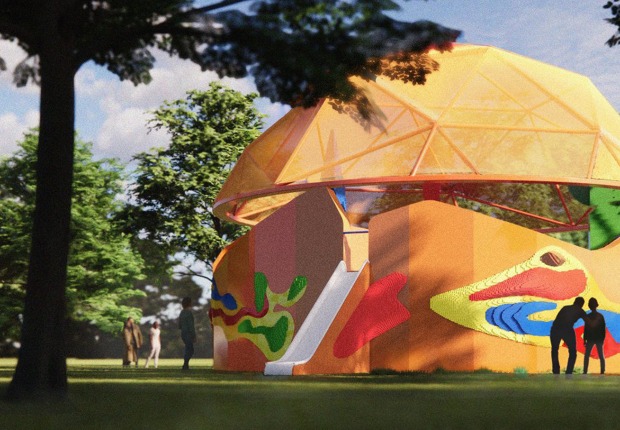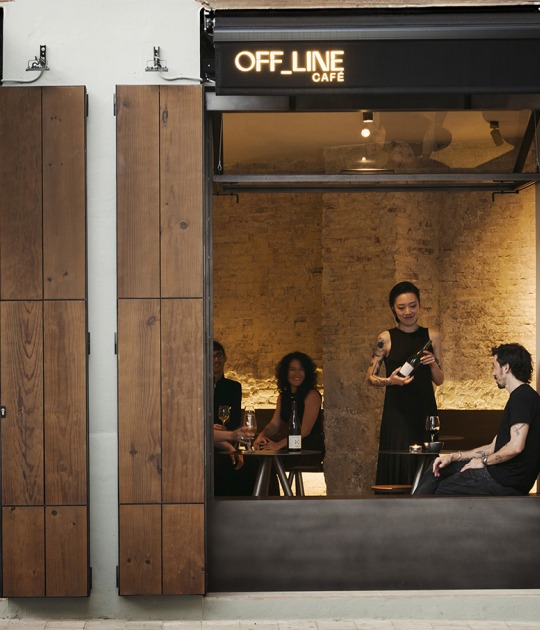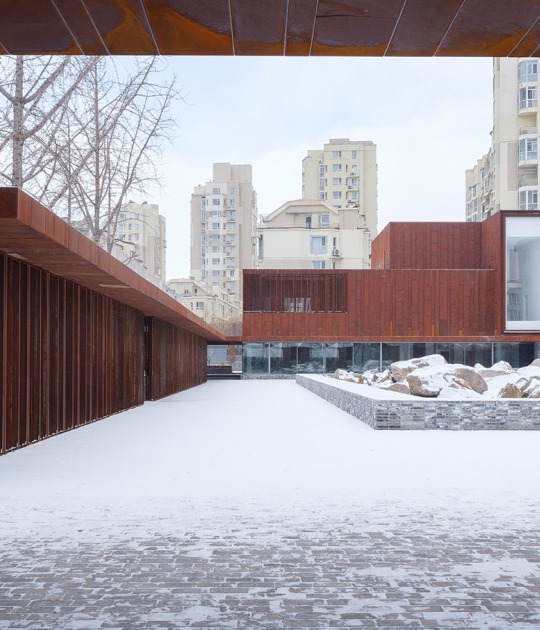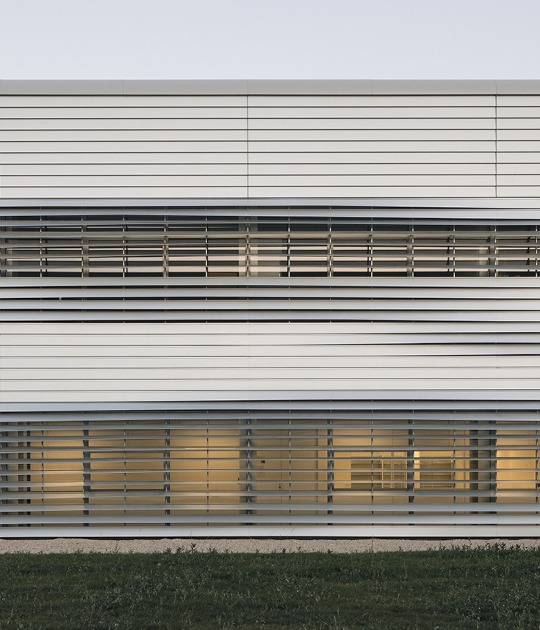The study carried out speaks of the great qualities of integration of the space, characteristic of its scenic, inclusive and social value, where both artists and visitors of very diverse nationalities feel welcomed, represented and integrated.

Great social impact study of Little Island for its third anniversary. Photograph by Hufton+Crow.
Little Island may only be 2.4 acres but it makes a super-sized social impact, a new study has shown three years after it opened to the world.
The research examined who uses this free public park and asked what visitors, artists and staff think about the space. It found that:
- These visitors describe it as beautiful and uplifting, and a place to gather. They feel relaxed and happy in the park, and many people comment on the playfulness of the design and the sense of escape.
- 94% of visitors say Little Island is a place for people like them.
- At least 26 of the 47 alumni of a workforce development programme for young people who live in NYC are currently employed (including 10 by Little Island and 16 elsewhere) while 7 are pursuing full-time education.

Great social impact study of Little Island for its third anniversary. Photograph by Hufton+Crow.
The study shows that Little Island has also become a bright new creative destination for New York. In 2022, the park hosted over 200 free performances and art workshops and over 30 ticketed performances. The following year, in 2023, it commissioned 44 individual artists based in the city and presented 69 unique performances.
These artists say they value the scenic environment and many of them want to return to present their work at the park. Fair pay and a coherent curatorial approach were cited as crucial reasons why performers value working here.
By 2050, 68% of the world’s population will live in cities, and as they grow, the need for green public space becomes ever more pressing, both for the climate and the community. Little Island and Heatherwick Studio will be using this study to amplify the social impact of the park and to encourage an ongoing international debate about the best way to make and manage 21st century urban parks.








